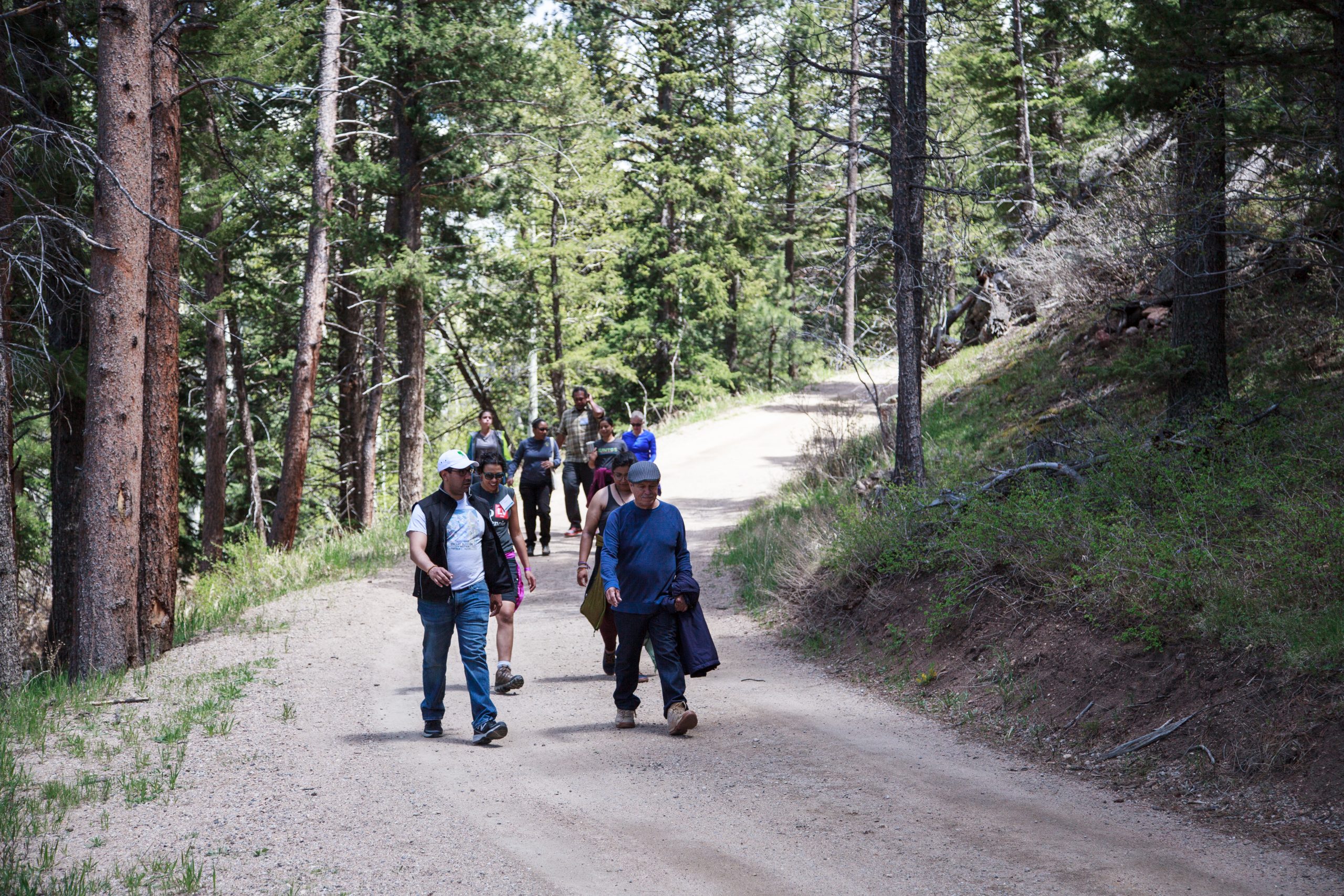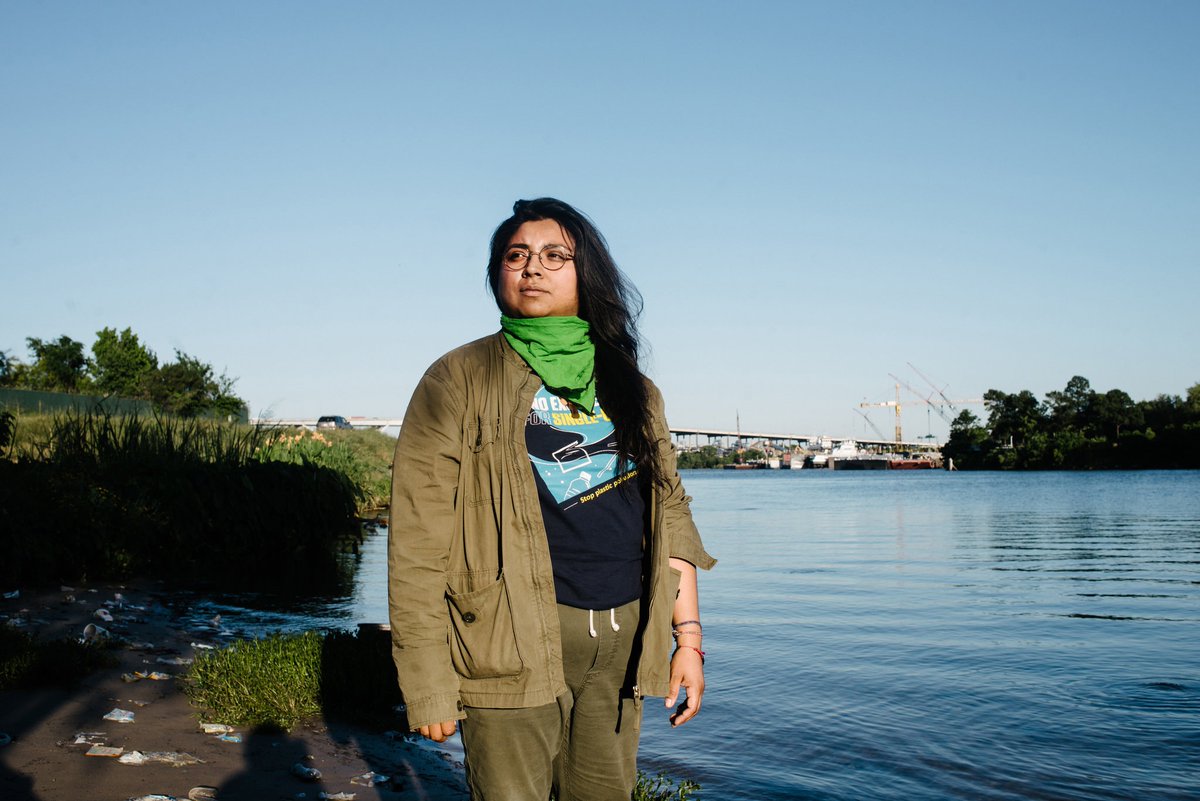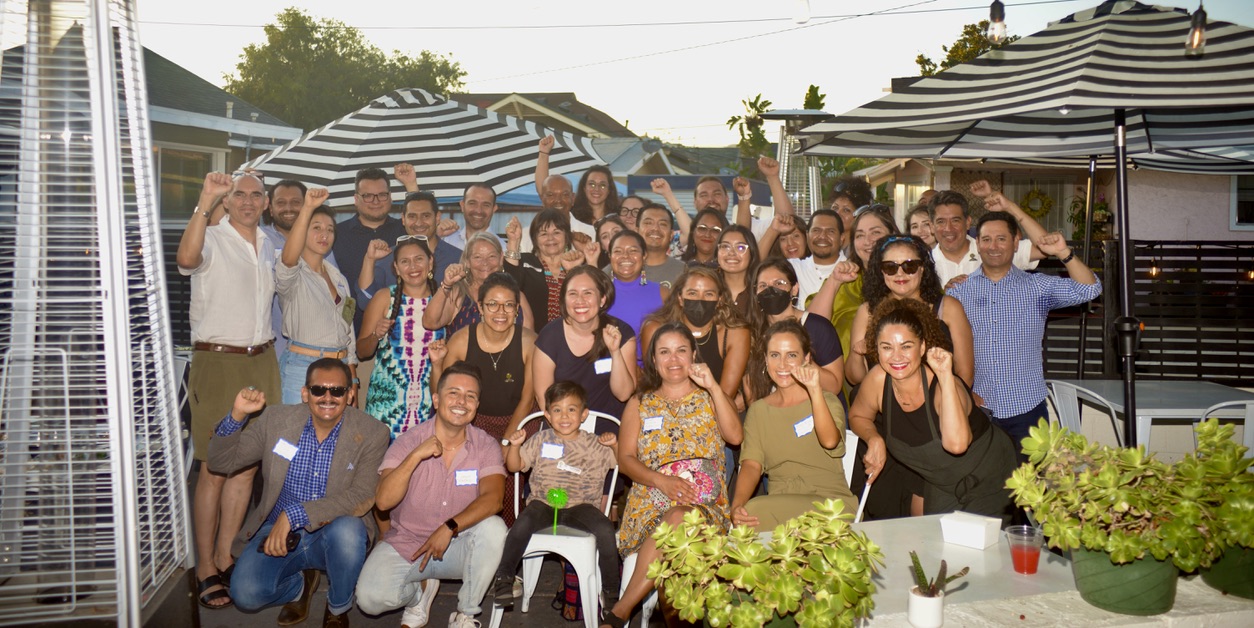It’s all about that green! How funding for and availability of green spaces benefits communities of color
For our second blog of our Summer Blog Series, we are talking about urban greening!
Last month, GreenLatinos received a $4.75 million grant from the Bezos Earth Fund’s Greening America’s Cities initiative. The initiative, with a total commitment of $400 million, aims to create equitable access to green spaces in underserved urban communities across the United States.
Having green spaces is crucial for creating healthy, sustainable communities. Urban greening, which refers to making cities greener through sustainable public landscaping that offers mutual benefits for urban residents and their surrounding environment, plays a significant role in developing resilience to climate change. In addition, it is an effective strategy for enhancing environmental quality and mitigating extreme heat for low-income populations and communities of color. Studies demonstrate that these spaces, such as parks and community gardens, naturally cool the environment and contribute to overall community wellness.
With our latest grant, we will help bolster urban greening initiatives created by and for our member organization in Albuquerque, Chicago, and Los Angeles. These projects aim to enhance our community’s traditions, empower community members, and ensure equitable access to green spaces for historically underserved Latino/a/e communities.
Let’s explore where the disparity in access to green spaces comes from, why we need green spaces, and equity considerations when designing and implementing urban greening projects.
Racism at the Root
The legacy of segregation and displacement in the US has led to many communities of color living in areas with limited access to nature. Redlining is a specific policy that has led to the emergence of environmental and economic disparities among communities. It was a discriminatory practice that prevented people of color from qualifying for home loans and other financial services and pushed them into underserved neighborhoods. Latino and Black residents who were targeted by redlining saw manufacturing facilities, warehouses, and highways increase significantly in their communities.
This rapid urban industrialization contributed to the pervasiveness of buildings with surfaces that absorb heat and inhibited the development of green spaces. A study involving 108 U.S. urban areas revealed that temperatures in formerly redlined neighborhoods are approximately 36 degrees warmer than areas that did not experience redlining. Today's hazardous heat levels can be attributed to a combination of heat-trapping infrastructure, insufficient government investment, and limited access to green spaces that would otherwise help cool down the city.
In the US, access to green spaces is found to be linked to race, educational attainment, and wealth. In research conducted on 10 urban cities in the US, a robust positive correlation was observed between urban vegetation and higher education and income levels across the majority of the cities.There is extensive evidence proposing that low income communities or color tend to have disproportionately lower access to environmental amenities. According to a 2021 report published by the Trust for Public Land, communities of color have on average 44 percent less park acreage than predominantly white neighborhoods. Additionally, the report revealed that parks serving low-income communities are, on average, four times smaller, with an area of 25 acres compared to 101 acres for parks serving predominantly high-income households.
Urban Heat Island Effect
During the hot summer months, densely populated cities become urban heat islands- regions with limited greenery that are vulnerable to increased heat absorption. Green spaces like parks and urban forests have a cooling effect through shade, water transpiration from plants, and surface water evaporation. However, urban areas with impermeable surfaces like buildings and parking lots offer little to no shade, resulting in higher temperatures. Materials used in cities, such as concrete sidewalks and asphalt pavement, reflect less sunlight and retain more heat compared to natural surfaces like permeable ground cover, trees and native flora. As a consequence, the urban heat island effect can lead to approximately 1–7°F higher daytime temperatures and around 2-5°F higher nighttime temperatures for cities than surrounding rural areas.
Urban heat islands increase health risks for residents in areas with limited green spaces. Rising temperatures worsen air quality, impacting communities of color and low-income households, who already have a higher incidence of asthma. The lack of affordable air conditioning options for low-income families further elevates their vulnerability to heat-related illnesses like heat exhaustion and heatstroke.
Benefits of Urban Greening
Climate impacts
Green spaces offer a multitude of ecosystem benefits, including the improvement of air quality, regulation of temperatures, and mitigation of severe weather impacts, all of which contribute positively to our well-being. According to the U.S. Forest Service, urban trees store 708 million tons of carbon and capture an additional 28.2 million tons annually. This urban carbon sequestration is highly valuable, amounting to around $2 billion each year.
Trees' shading and wind reduction also help cut carbon emissions by decreasing energy demand for air conditioning and heating, resulting in lower emissions from power plants. Shading also extends the life of street pavement by up to ten years, reducing emissions linked to petroleum-based materials and heavy equipment for road maintenance.
In cities, where climate-related threats like storms and flooding are more pronounced, trees offer valuable assistance. They act as natural stormwater management systems, capturing rain and helping increase the rate at which precipitation infiltrates the ground. This reduction in stormwater flow eases the burden on urban sewer systems, minimizing the risk of dangerous floods. Additionally, well-maintained urban forests act as protective barriers against high winds, prevent erosion, and mitigate drought.
Improved Physical and Mental Health
Green spaces offer opportunities for physical activity and contribute to enhancing our general well-being. Green space promotes exercise, reduces noise and air pollution, and enhances immune function. Parks facilitate active lifestyles by offering access to exercise opportunities. Being physically active in turn contributes to improved cardiovascular health by reducing risk factors like high cholesterol levels, hypertension, and obesity. Additionally, green spaces like community gardens can promote healthy eating habits.
Several studies have revealed that green spaces provide protection against mood disorders, depression, stress, and social isolation. After conducting the largest study to document a positive connection between green space and mental health, researchers revealed that children who had limited exposure to green space faced up to a 55% higher risk of developing psychiatric disorders, even when accounting for other known risk factors. The study highlights the importance of prolonged exposure to green spaces during childhood. The benefits of access to green spaces are not exclusive to children.
Studies have indicated that residing closer to green spaces positively influences mental health and helps prevent depression in young adults. Public green spaces also foster social connection. Spending time in urban green spaces enhances human connection, leading to a deeper appreciation of these spaces and one another. Integrating natural environments into urban areas shows promise in enhancing mental health and enhancing our quality of life.
Project Spotlight- The Highline, New York City
The High Line on Manhattan's West Side is a wheelchair-accessible public park, created from an abandoned elevated railway. The community's efforts saved it from demolition, and transformed it into an above-street level garden with over 500 species of plants and trees. Public engagement and dedicated volunteers contribute to its success, making it a model for other cities looking to integrate green spaces into their urban landscapes. Local residents founded Friends of the Highline, a community organization that works to maintain the park, offer community programming, and oversee its operation.
Final Considerations
Community-driven initiatives exemplify the potential of integrating nature into urban environments while emphasizing fairness. When urban greening projects are owned and led by the community, they can effectively address evolving needs within their neighborhoods. Residents possess valuable insights into existing inequalities and can devise strategies to tackle them. By investing more resources and capacity into urban greening projects in Latino communities, we can empower our culture and foster a stronger sense of belonging through the creation and maintenance of green spaces.
Developing ecologically and socially sustainable parks is crucial for promoting community well-being, especially when equity is at the core of their design and implementation. This approach has the power to promote environmental justice and improve lives for Latinos communities across the US.




